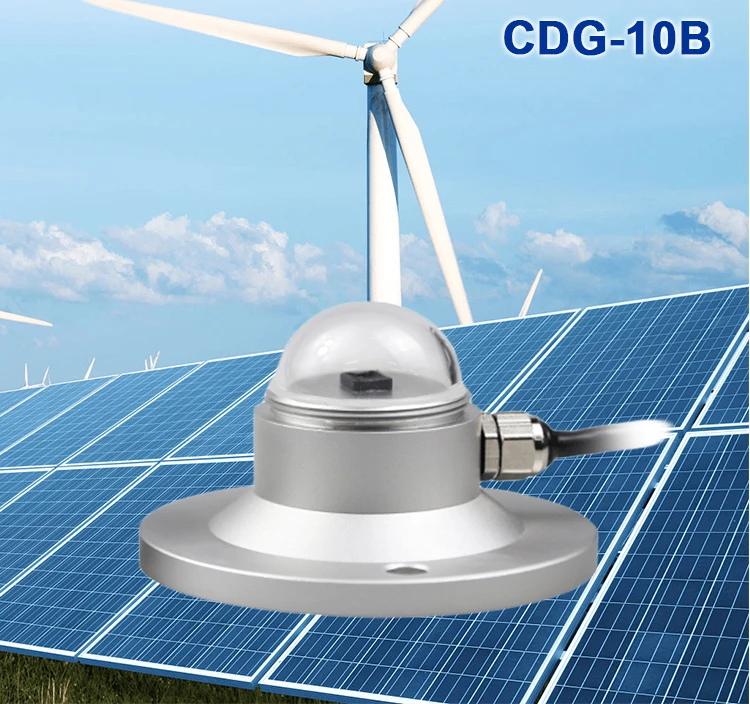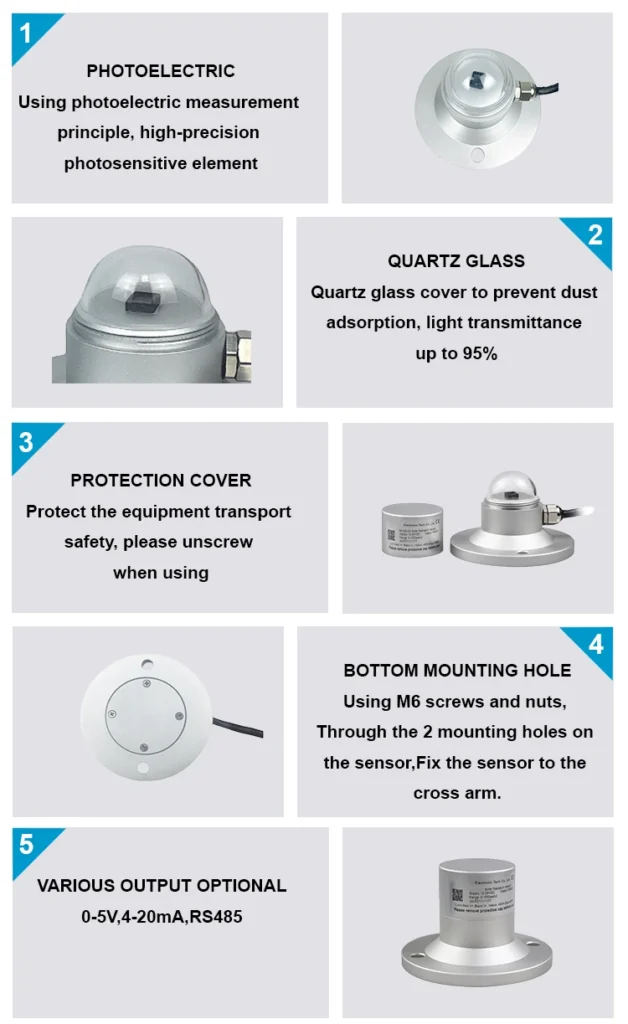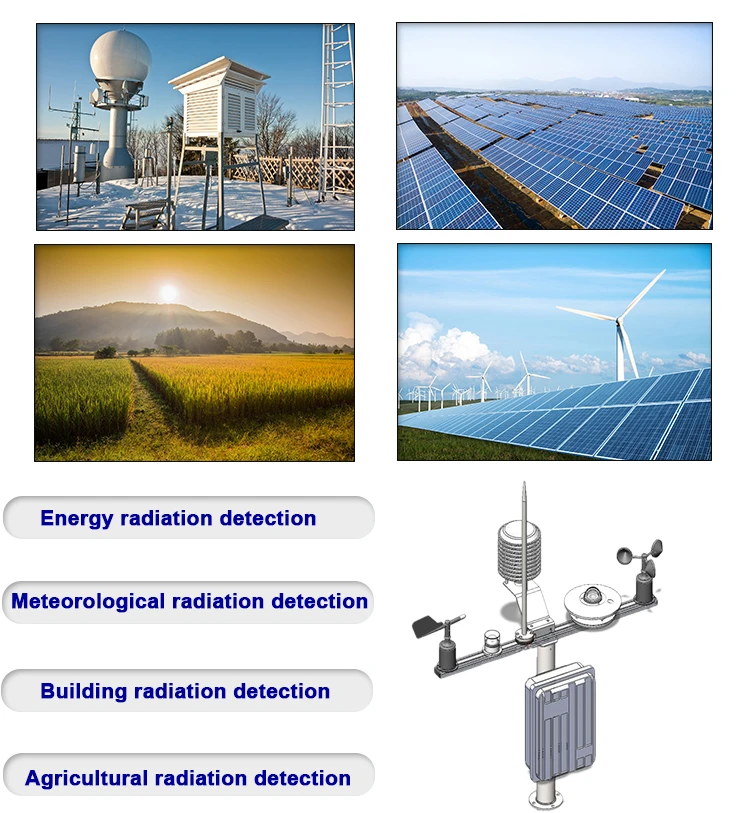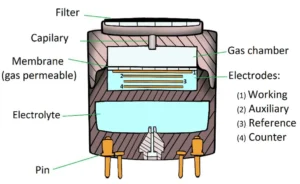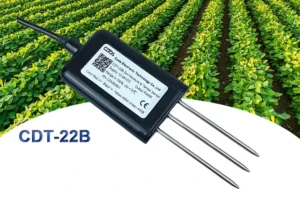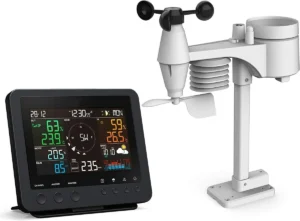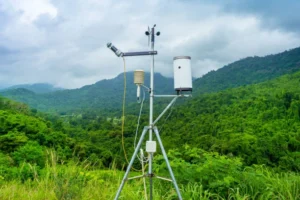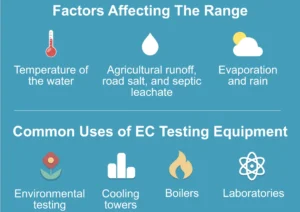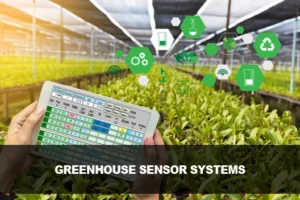Pyranometer Prices
The cost of a Pyranometer, which measures solar radiation, can vary. This depends on the brand, model, and features. It also depends on where you buy it. Generally, Pyranometers cost from a few hundred to a few thousand dollars.
Entry-level Pyranometers usually start at about $500. High-end models can cost over $2,000. Some brands sell Pyranometers with extra features that can be even pricier.
The variation in Pyranometer pricing can be attributed to several key factors:
Brand and quality: Prices can vary between different Pyranometer brands. Well-known brands usually have a better reputation and quality. This often leads to higher prices.
On the other hand, newer or budget brands may offer cheaper options. Differences in quality and performance also affect pricing.
Technical specifications and features can affect the cost of a Pyranometer. For example, some Pyranometers offer better precision.
They might have a wider range of radiation or faster sampling rates. Some also have special features. These improvements can make the price higher.
Models and Levels: The Pyranometer market offers many models for different needs. Basic Pyranometers are usually less expensive. However, those designed for professional or research use tend to cost more. Performance and features can also affect the prices of different models.
Distributor and Region: The cost of Pyranometers can vary by distributor and locati0n. Dealers may set prices based on market demand and costs. Taxes, duties, and shipping fees in different areas can also affect the final price of a Pyranometer.
Market Supply and Demand: The dynamics of market supply and demand also play a role in pricing. When demand surpasses supply, prices may rise. On the other hand, if there is a surplus of supply, prices might decrease.
It is important to note that the prices above are just estimates. Actual costs can change based on several factors.
These factors include market supply and demand, dealer pricing, and other elements. These elements can be brand, model, technical specs, and the region where you buy. Before buying a Pyranometer, talk to the right suppliers. They can give you accurate pricing details.
Remember that Pyranometer prices can vary a lot between different areas and markets. Also, consider extra costs like shipping fees, customs duties, and after-sales service charges.
To gather precise pricing details, consider the following steps:
1. Search online: Find the specific make and model of the Pyranometer on the internet. This lets you check different suppliers’ websites and online stores to compare prices.
2. Contact Coda, the maker of Pyranometers. Talking to us will give you the latest prices. We can also help you pick the best model for your needs.
